The moon has fascinated humans since we gained the ability to look up at night (so, pretty much the entire 200,000-year timeline in which modern humans have been around).
To the uneducated human staring up into the night sky, the moon seems pretty mysterious, and because humans are creative and love to tell stories, we’ve come up with a plethora of myths to explain the phenomena we’ve observed on the moon, and some of those myths have persisted to modern times.
From maddening supermoons, the dark side of the moon, to the moon causing tides in human beings or not existing at all, here are 10 misconceptions about the moon.
10. The Moon Makes Its Own Light
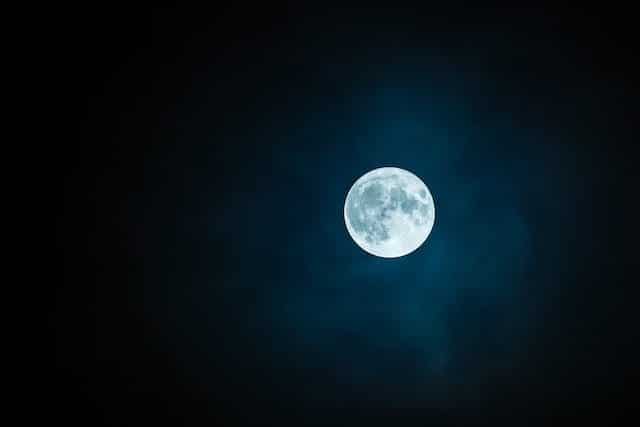
Obviously, the moon does not make its own light. While it’s probably not hard to imagine why our distant ancestors probably believed this at one point or another you might be surprised to learn that there are still people who believe this about the moon.
Rapper and “astronomer” Bobby Ray Simmons Jr. (or, just B.O.B.) claims that not only is the moon its own light source, like some kind of lunar flashlight, but that the Earth itself is actually flat. But B.O.B. is not the only one on the globe that believes that the moon makes its own light, even though there are wild variations to the conspiracy, many of the people who believe in the Flat Earth also subscribe to this concept.
Of course, we know that this isn’t the case and the moon’s nightly glow is caused by sunlight reflecting off of its surface. What’s more is that, even though the moon can seem incredibly bright, the surface only reflects about 3 to 12 percent of the sun’s light, and the brightness we perceive is actually caused by the angles in which the sun’s light hits the moon.
9. The Moon’s Phases Are Caused by Earth’s Shadow
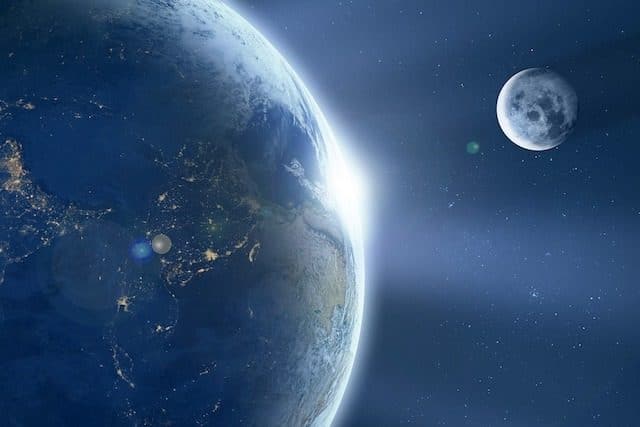
According to the Lunar and Planetary Institute’s website, both children and adults often confuse the explanations for the moon’s different phases with lunar eclipses, regular events that happen when the Earth blocks the sun’s light from hitting the moon. However, the Earth’s shadow has absolutely nothing to do with the moon’s phases.
Lunar phases like the waning crescent we’re all so fond of are actually caused by the moon’s orbit around the Earth. As the moon orbits around the Earth, we see the reflected light on its surface at different angles.
The moon takes 27.3 days to finish an orbit around the Earth, but surprisingly, the lunar cycle (called a lunar month) takes 29.5 days to complete.
When the moon is between the Earth and the Sun, this causes a new moon, because all of the sun’s light is hitting the far side of the moon (this does not necessarily mean that an eclipse is going to happen, however, as this requires a transit to occur), and when the Earth is between the moon and the Sun, this causes a full moon, thanks to the light now hitting the Earth-facing side of the moon. Of course, when the moon is between either of these points it causes waxing and waning gibbous and crescent phases.
8. The Shadow of the Sun Falls on the Moon, Blocking it All
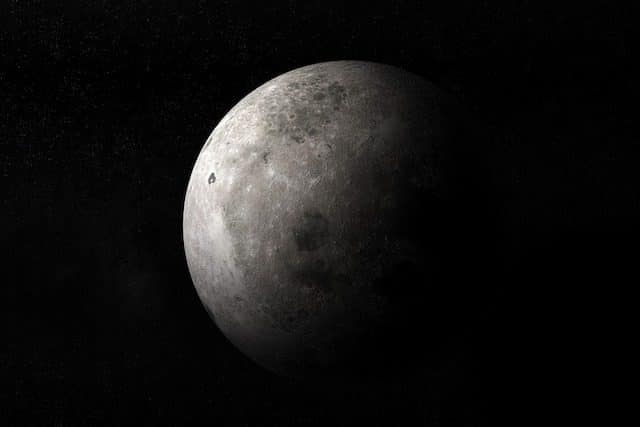
According to a study done in 1999 by Laura L. Stahly, Gerald H. Krockover, and Daniel P. Shepardson, many students aged 9 to 16 held both scientifically accurate ideas for how the moon’s phases are created, but simultaneously held scientifically inaccurate beliefs about the process, and even went on to make a list of the most common misconceptions among children in these age ranges.
And one of those misconceptions was that the sun creates its own shadows, and these shadows block out the light coming from the moon.
Obviously, the sun does not make its own shadow, as it’s a giant nuclear plasma ball (oversimplification, yes, but still accurate).
So, no, the sun does not cast its shadow on other planets, but its light does cause shadows to be made by the light it casts on bodies in the solar system. There is no dark side of the sun, although that would probably make for an amazing Pink Floyd album title.
7. The Moon Takes One Day to Orbit the Earth
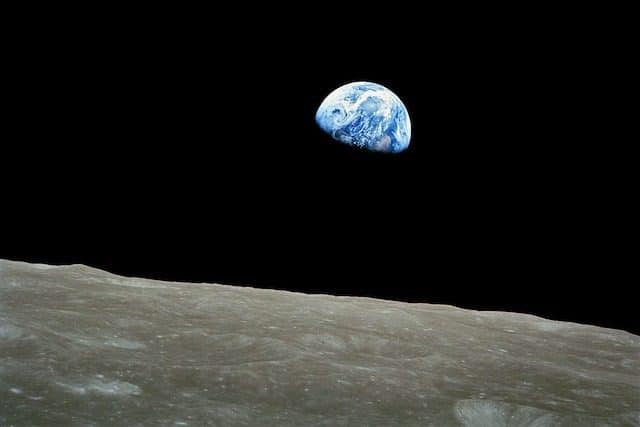
The idea that the moon takes one day to orbit the Earth is a common misconception in children in grades 4-9 in the United States, as reported by a list called “Earth Science Misconceptions” authored by William C. Philips in February of 1991. This misconception is so widespread that NASA and many other educational websites actively debunk it in their Q&A sections.
In reality, the moon takes 27.3 days to complete a full orbit, and 29.5 days to complete a full lunar cycle. The moon also has an elliptical orbit and it might surprise some people to learn that the moon doesn’t actually orbit the Earth at all, but rather something called a barycenter (or the center of mass) which is located 4600 kilometers from Earth’s center.
The misconception that the moon orbits the Earth is most likely caused by the illusion that the moon takes several hours to rise and set on the horizon relative to the part of the Earth where it’s being observed, similar to how it is a common misconception that the sun moves through the sky during the day (it doesn’t, at least… not like that; in fact, the sun and the rest of the solar system are moving at a blistering 200 kilometers per second as we orbit the galactic center).
6. The Moon Can Only Be Seen at Night
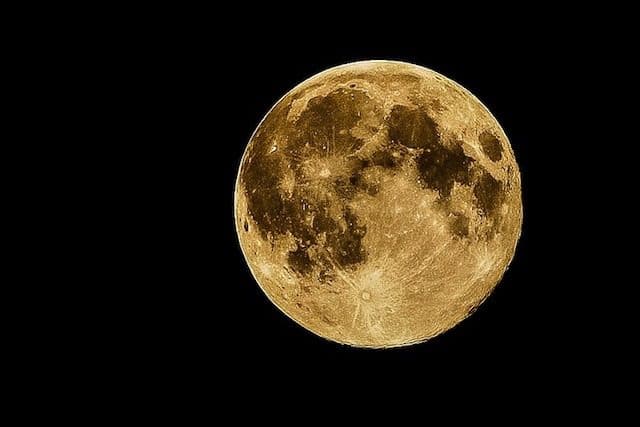
While this is certainly a common misconception among children and even some adults, the Flat Earth Society lost their collective minds during an eclipse in 2019, claiming that the moon wasn’t visible during the day and going so far as to claim that there is some invisible “dark” object that eclipses the moon and sun at different points during the night and every so often during the day.
This is absolutely wrong, of course, the moon can definitely be seen during the day (though, if you show a Flat Earther a picture of the moon as viewed during the day, they will probably tell you that the entire sky and also space is a projection…yes, they actually believe this).
The Flat Earth Society uses a diagram of their supposed Flat Earth that sets up the idea that the sun and moon are always on opposite sides of the Earth-plane-thing. This is not the case, as the moon is easily seen during the day in many of its phases (save for a full moon, as that requires the Earth to be between the moon and the Sun).
5. The Moon’s Phases Are Caused by Clouds
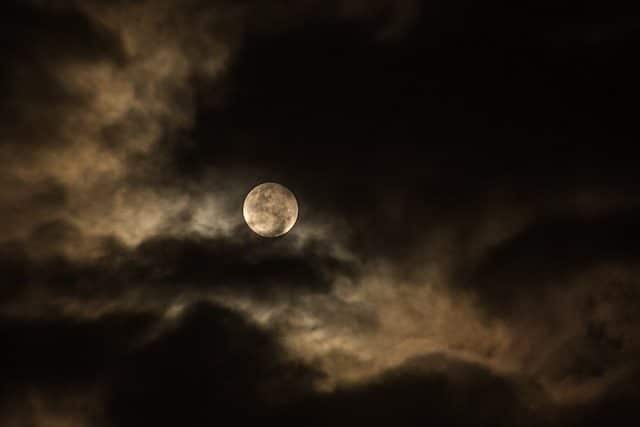
The idea that the moon’s phases are caused by clouds is something that only children could think up, but according to Stahly, Krockover, and Shepardson’s list of the top misconceptions surrounding the moon, even students as old as 12-16 also held to this misconception.
Children are extremely creative when it comes to coming up with their own explanations for the moon’s phases, and some of them seem to come to the conclusion that the moon must have clouds (after all, the Earth does, right?) and those clouds must create dark places on the moon that lead to these strange phases.
This is totally wrong, as the moon does not have clouds, nor do the Earth’s clouds have any impact on the moon’s phases. As explained earlier, the moon’s phases are caused by the sun’s light, its own orbit around the Earth, and how that looks for people who view the moon from the surface of the planet.
4. The Moon Raises Significant Tides in People
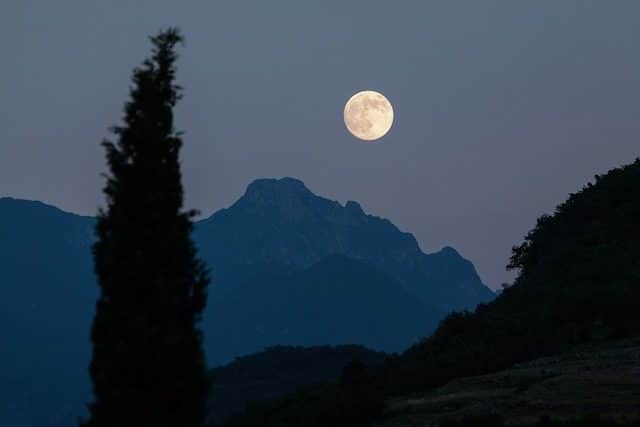
The idea that the moon causes tides in people is apparently a common myth and typically people who believe this cite as evidence the undisputed fact that the moon causes ocean tides. This isn’t the case, however, and really comes down to a misunderstanding of how gravity works to create tides.
Gravity depends on two things when determining what kind of effect it might have on a given body, mass and distance. Tides are generated when two orbiting bodies are of astronomical size (i.e. far larger than a human or any other Earth-based animal) and are also relatively close to each other (at least in terms of astronomical units).
Even if tides in people caused by the moon could be measured (spoiler: they can’t be) they would be infinitely small, something on the order of one-millionth of a meter, or one-thousandth the width of the thickness of a single sheet of paper. In fact, other objects that are closer in size to humans would create tides much larger than this (for instance, earthsky.org uses the example of a semi-truck passing a human on the road).
Misconceptions and myths about the moon are common even in the medical field, where believing the sciences is basically a prerequisite for the job. Nurses can be extremely superstitious, often citing a marked increase in the birth of new children during a full moon, but this observation is contradicted by scientific studies surrounding birth rates.
3. The Supermoon is Huge
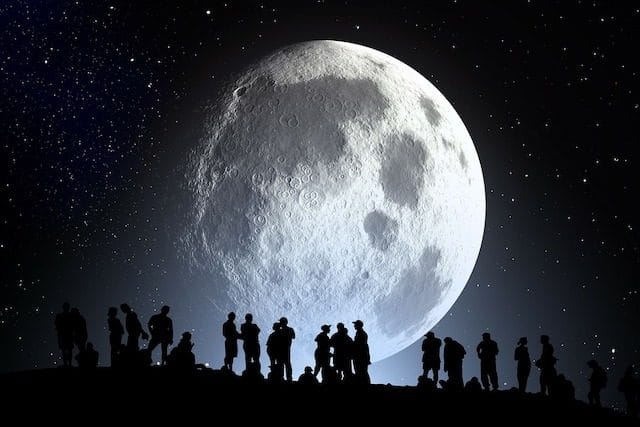
Every time the moon or Mars end up making their closest approach to the Earth, social media accounts around the world go insane, making lofty claims like “Mars will be as large as the full moon in the sky on X day at X time” or “the supermoon will be X percent larger and X times brighter than normal and also you might go insane” which are, of course, not at all true statements.
Even news programs tend to exaggerate how much larger the moon becomes during a supermoon. But the reality is that a supermoon is simply when the moon is closest to the Earth in its elliptical orbit. Mars is the same way in this regard, in that there is a certain window that happens around every two years when Mars is about 62.07 million kilometers from the Earth (which is really close for Mars).
The difference in distance from the Earth to the moon during a supermoon is the difference between 359,000 kilometers and 384,400 kilometers. It’s not a big difference and only accounts for a small percentage increase in both size and brightness.
2. The Dark Side of the Moon is Dark
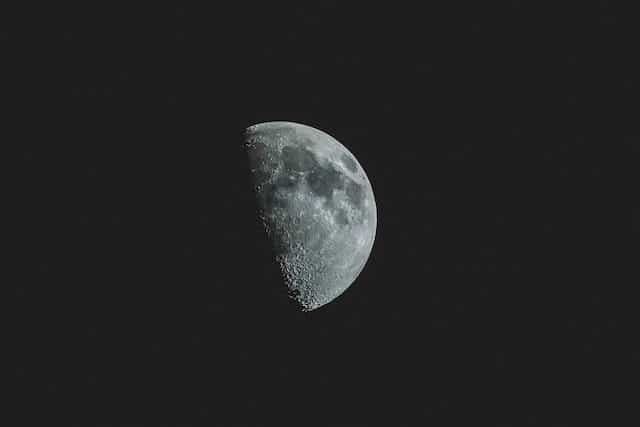
The Dark Side of the Moon might be an amazing Pink Floyd album, but it’s also a massive misconception that affects most of the humans in the developed world. Since the moon is tidally locked to the Earth (meaning that the same side faces the Earth as the moon rotates on its axis) we lowly humans here on the surface only see about 59% of its surface, leaving the remaining 41% a complete mystery to every human who has ever gazed up at the moon at night in the entire history of human beings ever (at least until NASA came along and started taking photos of the moon’s backside).
Because of this (and the fact that humans love to make things up, because we’re natural-born storytellers), we have long speculated about the far side of the moon, creating the incorrect assumption that the far side of the moon is dark when in reality light touches every part of the moon depending on where it is in relation to the sun and the Earth’s orbit.
Light from the sun is emitted radially, meaning that half the moon is in shadow, and half of it is illuminated, just like Earth’s day and night cycle (and every other planet, dwarf planet, moon, and asteroid in the solar system).
Everyone should still listen to Pink Floyd, though.
1. The Moon’s Crescent Always Faces the Sun
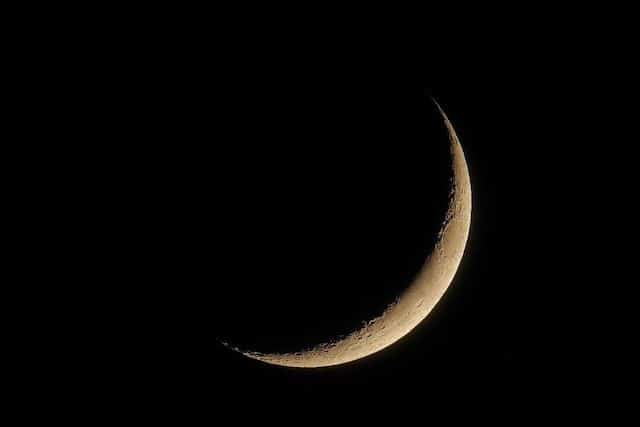
Given that the sun’s light indeed causes the phases of the moon, it’s kind of natural for people to assume that this means the light side of the moon we see (i.e. Gibbous and Crescent phases) should always face the sun in the sky when the sun and moon are both out, but this simply isn’t what we see.
This is because of what’s called the moon tilt illusion. What this means is that while we expect to see the light rays from the sun coming directly from it in a straight line from our perspective on the ground, this isn’t what we see because of perspective. Meaning that the slope we observe from the Earth’s surface won’t be straight because we observe the moon from a fixed point on a sphere. So, the slope we observe is curved rather than completely straight.
In fact, we can prove this by intentionally leaning back when the sun and moon are exactly to your left or right during the day and changing the perspective in which we observe the moon and sun in relation to us.